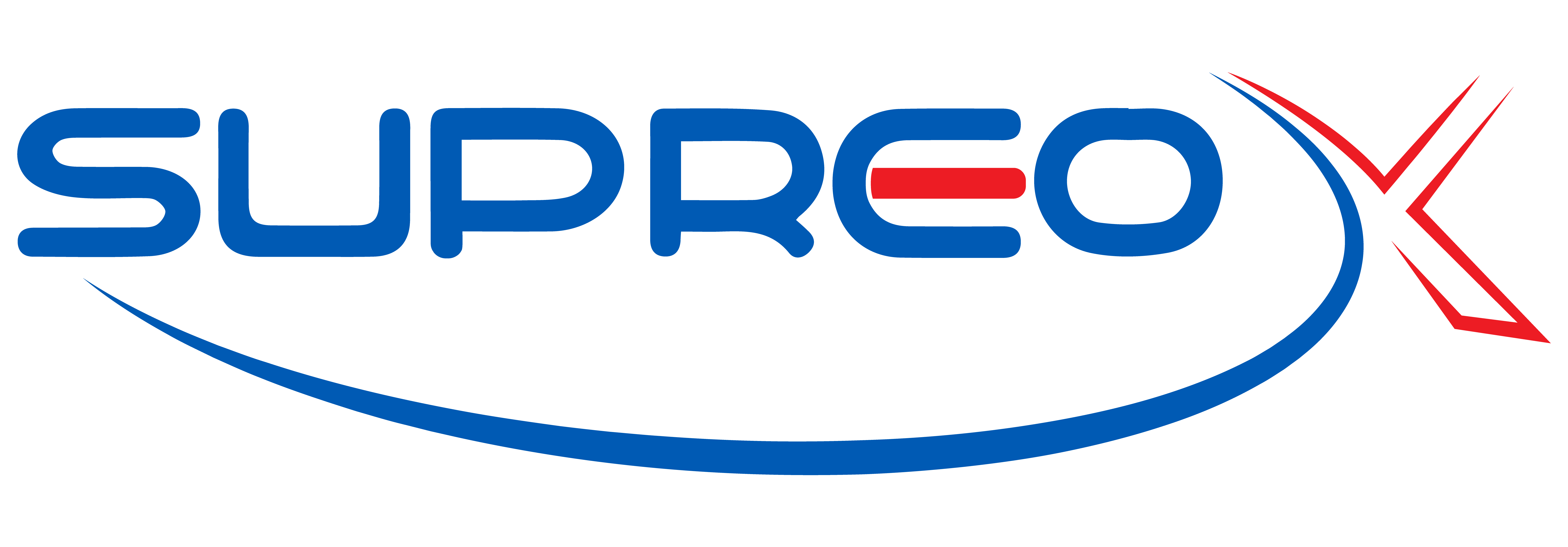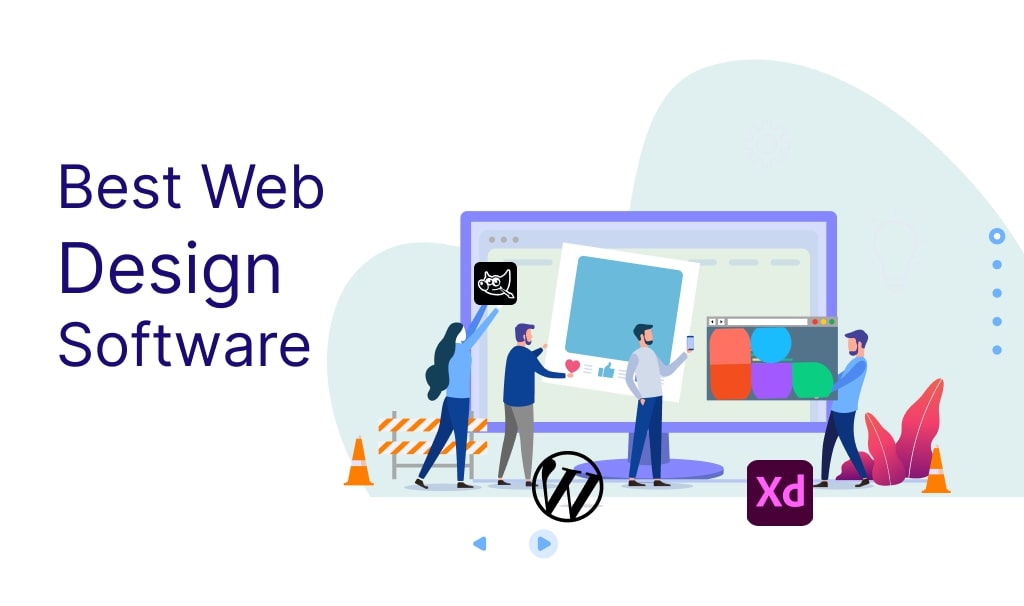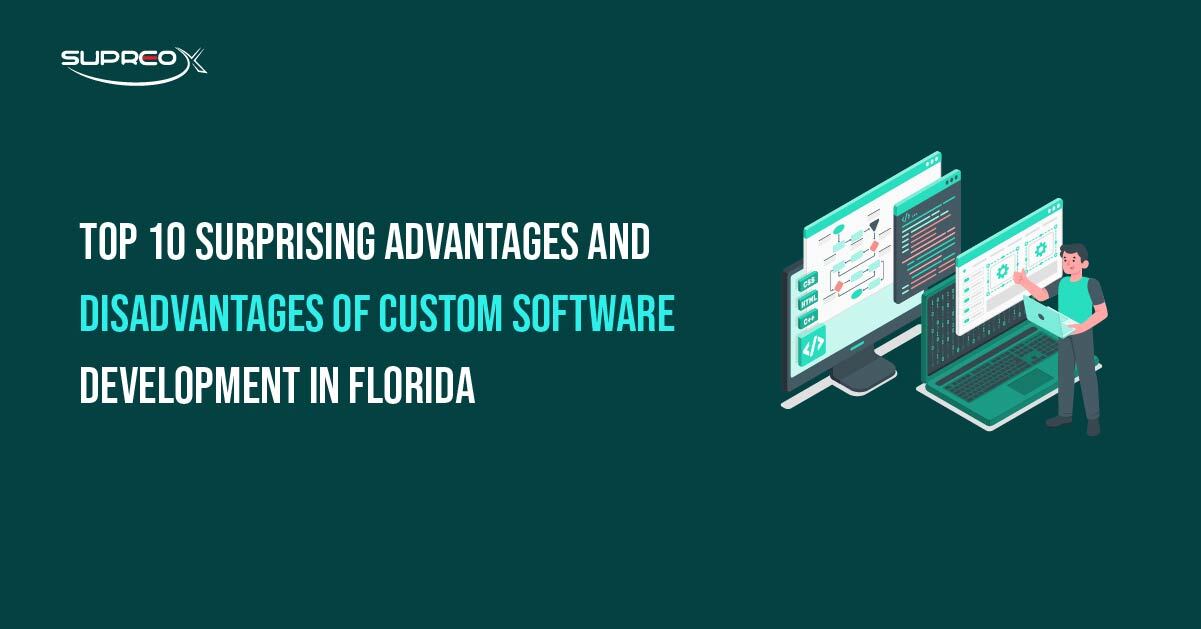Web design is the first step in creating a website, which may be a huge task. A website’s success hinges on its visual appeal, functionality, responsiveness, and performance across all devices. With modern demands such as mobile-first design, SEO optimization, and user experience (UX) design, professional web designers and developers need software that simplifies the process while maximizing creativity and control.
Many technologies are available to expedite this procedure, enabling developers and designers in 2025 to create beautiful, flexible websites more easily. This guide reviews the best web design software in 2025 for professionals, teams, and beginners.
What to Look for in a Web Design Software in 2025?
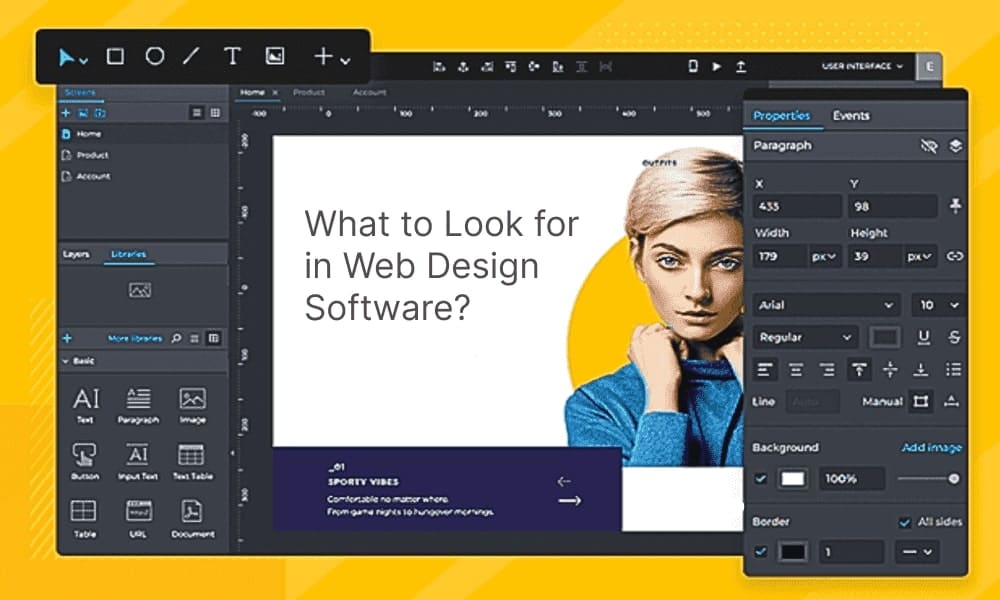
Choosing the right web design software involves more than picking the most popular option. Here are the key features to consider when evaluating web design tools in 2025:
Key Features to Consider
User Interface (UI): Look for software with an intuitive and user-friendly interface that allows you to design efficiently without a steep learning curve.
Ease of Use: Ensure the software is accessible to users of all skill levels, from beginners to advanced designers.
Customization Options: The ability to customize your designs to match your brand’s unique identity is crucial.
Responsive Design Capabilities: Mobile-first design is essential for this year. Your chosen software should facilitate the creation of responsive, mobile-friendly websites.
Integration with Other Tools: Seamless integration with other tools and software (CMS, e-commerce platforms, SEO tools) can enhance your workflow.
Support and Community Resources: Access to customer support and a robust user community can be invaluable for troubleshooting and learning.
Pricing and Subscription Models: Evaluate whether the software offers a pricing model that fits your budget, whether a one-time purchase or a subscription-based service.
Importance of Responsive Design Capabilities
With over 60% of internet traffic now coming from smartphones and tablets, having a mobile-responsive website is non-negotiable. So, in 2025, web design tools must enable automatic responsiveness or allow flexible media queries for custom behavior.
Integration with Other Tools and Software
Choose software that integrates with your favorite CMS (like WordPress), SEO tools (like Yoast or SEMrush), and e-commerce platforms (like Shopify or WooCommerce). These integrations save time and reduce the risk of data inconsistency.
Pricing and Subscription Models
Web design software is available at various prices, from open-source and free to paid subscriptions. Selecting the appropriate software requires considering both your needs and your budget. While subscription tools frequently offer greater support and sophisticated capabilities, free solutions could be appropriate for novices or modest tasks.
Best Web Design Software for Professional Designers in 2025
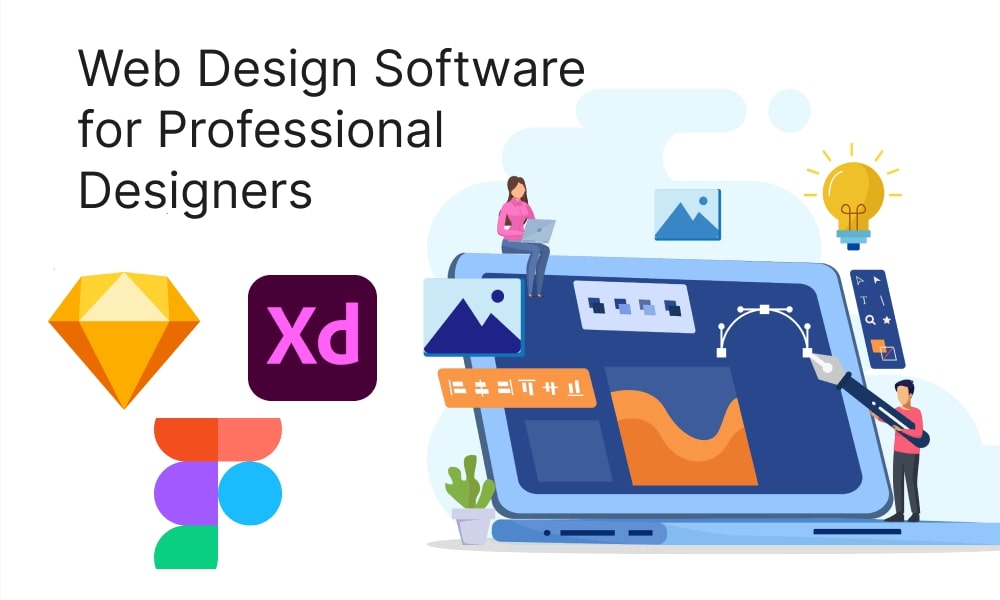
Access to advanced features and a high degree of customization are crucial for professional designers. The following tools are some of the best web design software options for professional designers in 2025.
Figma
Figma is a cloud-based design tool renowned for its real-time collaboration capabilities. It is widely used for seamless browser-based UI/UX design and powerful prototyping.
Pros and Cons of Figma
Figma’s pros and cons are below:
Pros
- Browser-based, no installation needed
- Real-time collaboration
- Excellent UI/UX design and prototyping tools
- Vast plugin and template ecosystem
Cons
- Limited offline functionality
- Resource-heavy on older machines
Who is Figma Best For?
Figma is ideal for professional designers and teams needing a collaborative UI/UX design platform. Its cloud-based nature makes it perfect for remote work and cross-platform use.
Adobe XD
Adobe XD is a powerful tool for UI/UX design and prototyping. It is part of the Adobe Creative Cloud suite and offers robust features for designing and testing user experiences.
Pros and Cons of Adobe XD
Below are provided the pros and cons of Adobe XD as one of the best web design software:
Pros
- Deep integration with Photoshop, Illustrator, and Adobe Fonts
- Interactive prototyping and animations
- Cross-platform desktop app
Cons
- Requires Creative Cloud subscription
- Learning curve for beginners
Who is Adobe XD Best For?
Adobe XD is best for professional designers who require robust prototyping and collaboration tools. It’s especially suitable for those already using other Adobe products.
Sketch
Sketch is a vector graphics editor primarily used for UI and UX design. It is renowned for its intuitive interface and powerful design tools, making it a favorite among professional web designers.
Pros and Cons of Sketch
Here are the pros and cons of Sketch in terms of the best web design software for professionals:
Pros
- Clean interface and lightweight performance
- Extensive plugin support
- Great for designing wireframes and static mockups
Cons
- Available only for macOS
- Requires other tools for a full web design workflow
Who is Sketch Best For?
Sketch is ideal for professional designers who focus on UI/UX design. Its collaborative features and extensive plugin support suit design teams working on complex projects.
Best Free Web Design Software in 2025

For those on a budget or just starting, free web design software can be a great way to create a professional website without the cost. Here are some of the best free web design software options in 2025.
WordPress
WordPress is a free, open-source content management system (CMS) that powers over 40% of all websites on the internet. It is highly versatile and can be used to create anything from a simple blog to a complex e-commerce site.
Pros and Cons of WordPress
Here are the pros and cons of WordPress as a free web design software:
Pros
- Extremely customizable, with thousands of themes and plugins
- Large and active community for support and resources
- SEO-friendly with numerous SEO plugins available
- Free to use, with optional premium features
- Works with Elementor, WooCommerce, and more
Cons
- Requires hosting and occasional maintenance
- It can be complex for beginners
WordPress is ideal for bloggers, small businesses, and anyone looking to create a customizable website. Its flexibility and extensive plugin ecosystem suit a wide range of website types.
Who is WordPress Best For?
WordPress is best for users who are comfortable with some technical aspects of web design and want complete control over their website’s functionality and appearance.
GIMP
GIMP (GNU Image Manipulation Program) is a free and open-source raster graphics editor for photo retouching, image composition, and image authoring.
Pros and Cons of GIMP
Below are provided the pros and cons of GIMP:
Pros
- The comprehensive suite of photo editing tools
- Supports a wide range of file formats
- Highly customizable with plugins and scripts
- Open-source and free
Cons
- The interface can be less intuitive compared to paid software
- The steeper learning curve for beginners
- Limited support compared to commercial software
GIMP is perfect for users who need powerful image editing capabilities without the cost of commercial software. It is suitable for graphic designers, photographers, and web designers.
Who is GIMP Best For?
GIMP is ideal for budget-conscious designers who need robust image editing tools and are willing to invest time in learning the software.
Inkscape
Inkscape is a free and open-source vector graphics editor that creates and edits vector images. It is a powerful tool for creating logos, icons, illustrations, and web graphics.
Pros and Cons of Inkscape
Get the best idea for Inkscape with the pros and cons.
Pros
- Rich set of vector drawing tools
- Supports SVG format and other popular formats
- Highly customizable with extensions and plugins
- Free to use
Cons
- The interface can be complex for new users
- Performance issues with large files
- Limited support compared to commercial software
Inkscape is great for designers who need to create high-quality vector graphics without the expense of commercial software. It is suitable for creating logos, illustrations, and other web graphics.
Who is Inkscape Best For?
Inkscape is best for graphic designers and illustrators who prefer vector graphics and need a cost-effective solution.
Conclusion
In 2025, web design tools must combine performance, ease of use, and integration capabilities. Whether you prefer cloud platforms like Figma, full-featured suites like Adobe XD, or flexible CMS options like WordPress, the right choice depends on your project scale, technical skills, and budget.
At SupreoX Ltd, we understand that choosing the right web design software can be daunting, given the many options available. Whether you’re a small business owner, an e-commerce entrepreneur, or someone looking for free and flexible tools, the key is to find software that aligns with your specific needs and skill level. From powerful, user-friendly options like Shopify and BigCommerce for e-commerce sites to highly customizable solutions like WordPress and WooCommerce, there’s something for everyone.
FAQS
What is the best web design software for beginners in 2025?
WordPress, Wix, and Canva are the best web design software for beginners in 2025. These tools offer drag-and-drop functionality, pre-made templates, and user-friendly interfaces ideal for non-tech users.
Which software is better for UI/UX design: Figma, Adobe XD, or Sketch?
Figma is best for real-time collaboration and cross-platform use. Adobe XD offers seamless integration with other Adobe tools, while Sketch excels in high-fidelity design but is macOS-only.
Can I use free web design tools for professional websites?
Yes, tools like WordPress, GIMP, and Inkscape offer powerful features suitable for professional websites, especially when paired with plugins or extensions.
Why is responsive design so important in 2025?
Responsive design ensures your website looks great on all screen sizes, especially mobile devices, which now account for over 60% of web traffic globally.
How do I choose the right web design software for my business?
When selecting a web design tool, consider your technical skills, customization needs, budget, team collaboration, and integrations with CMS, SEO tools, or e-commerce platforms.
